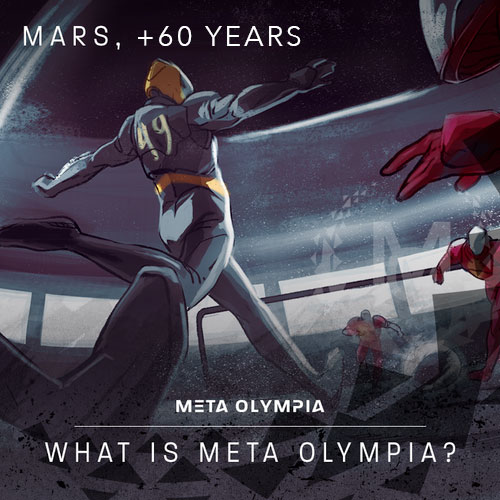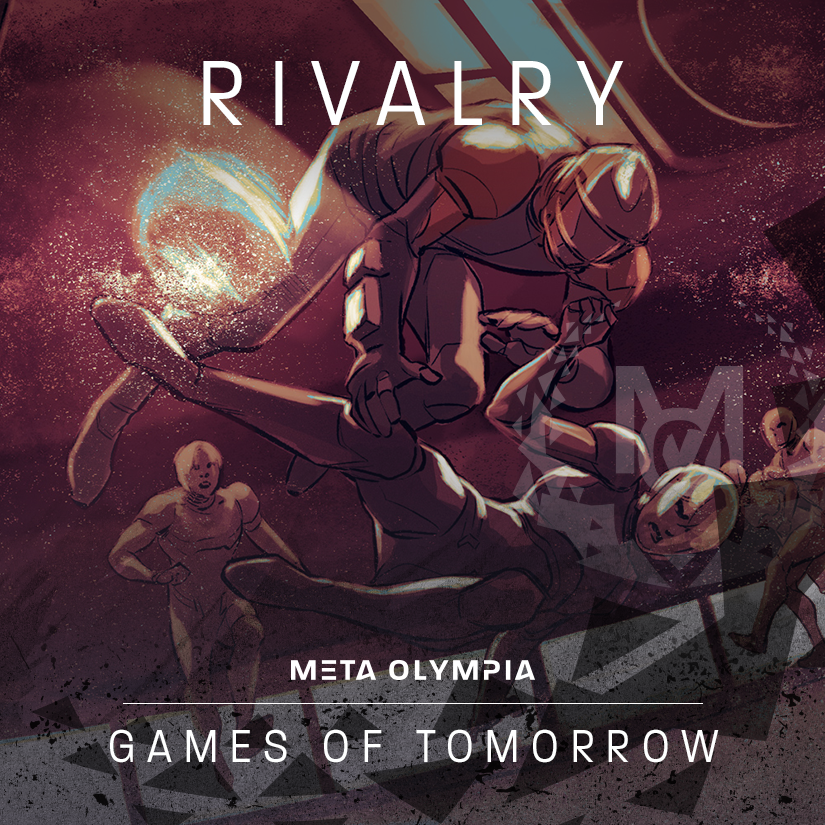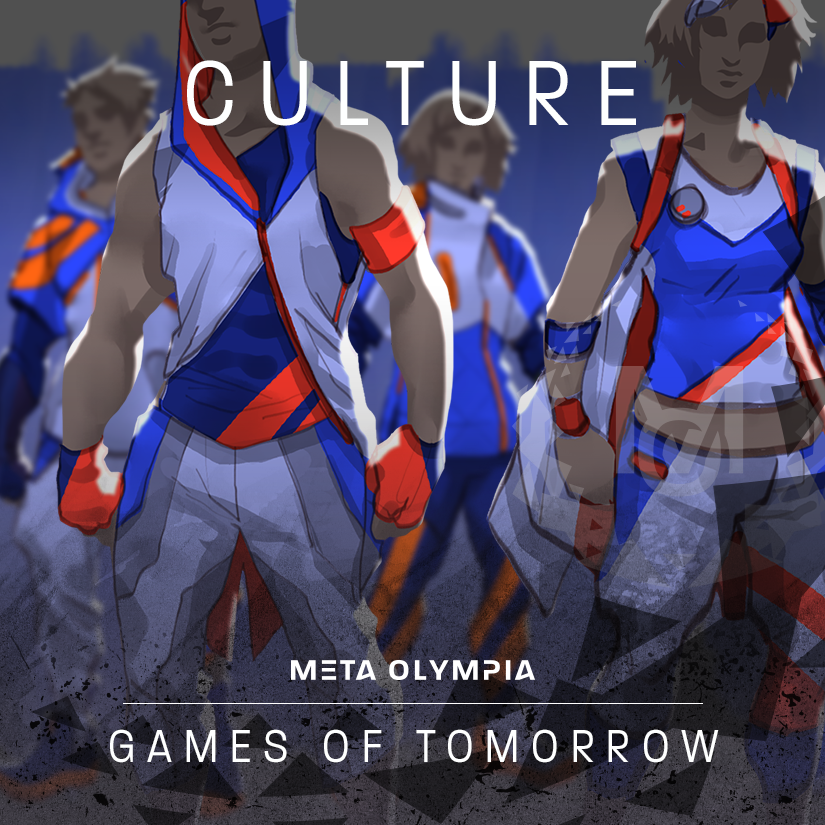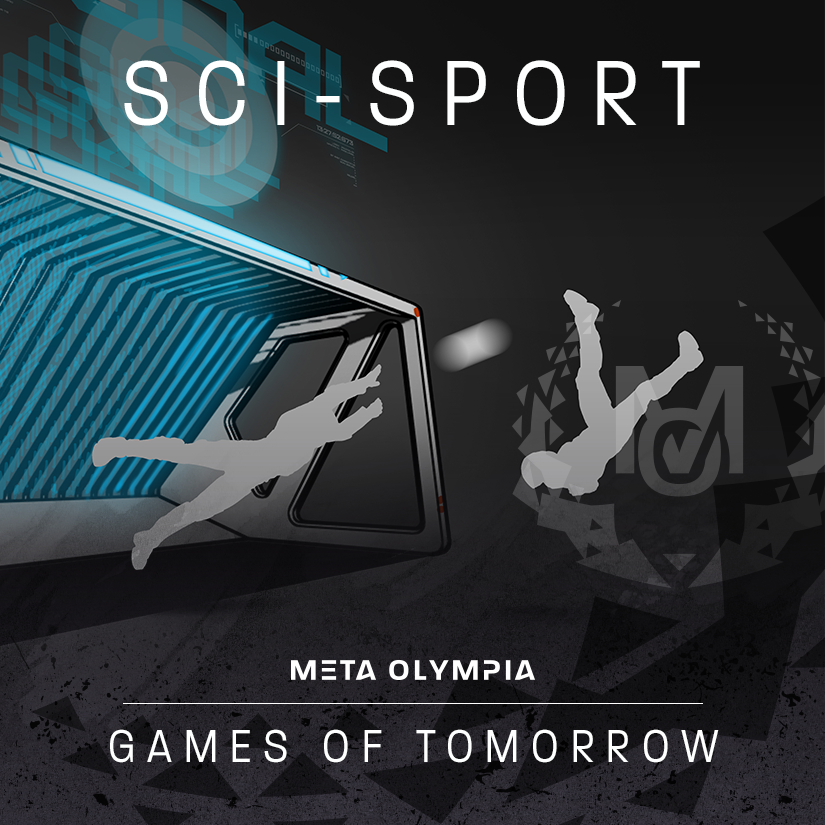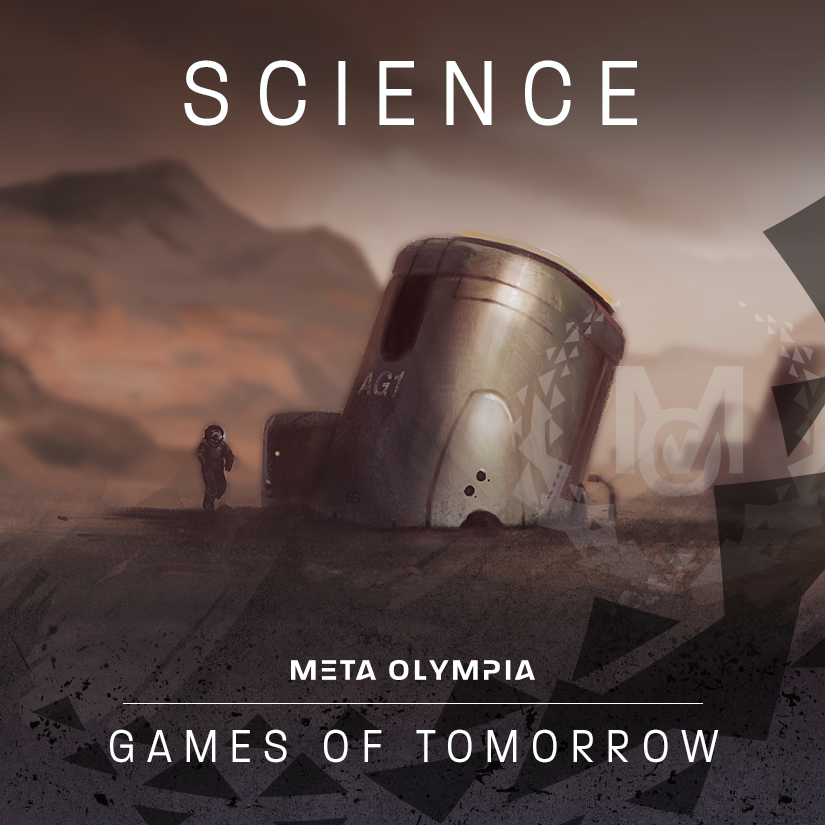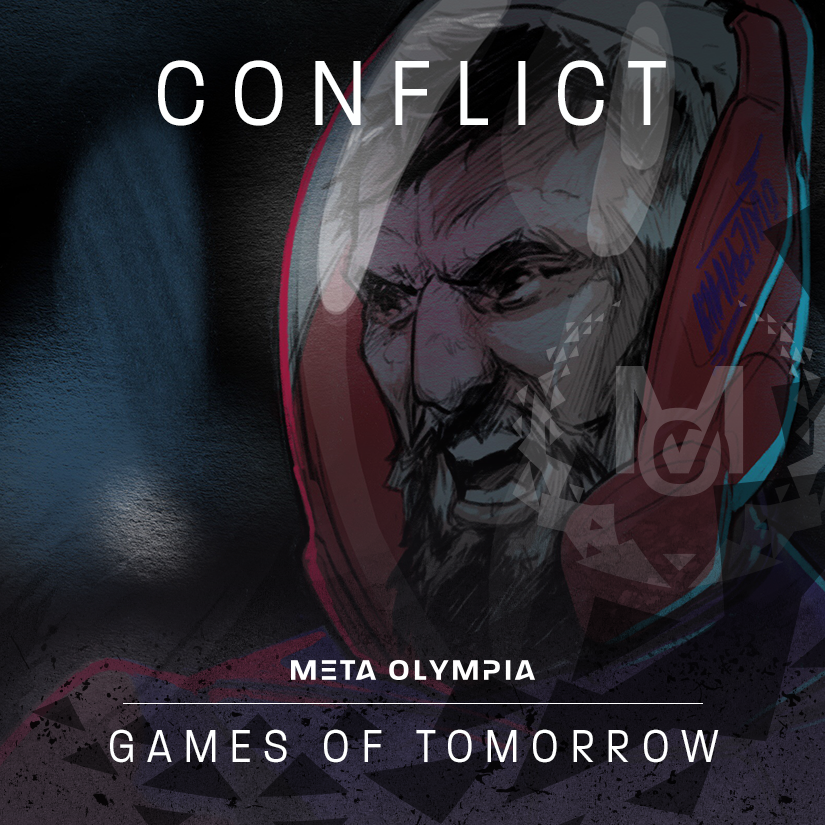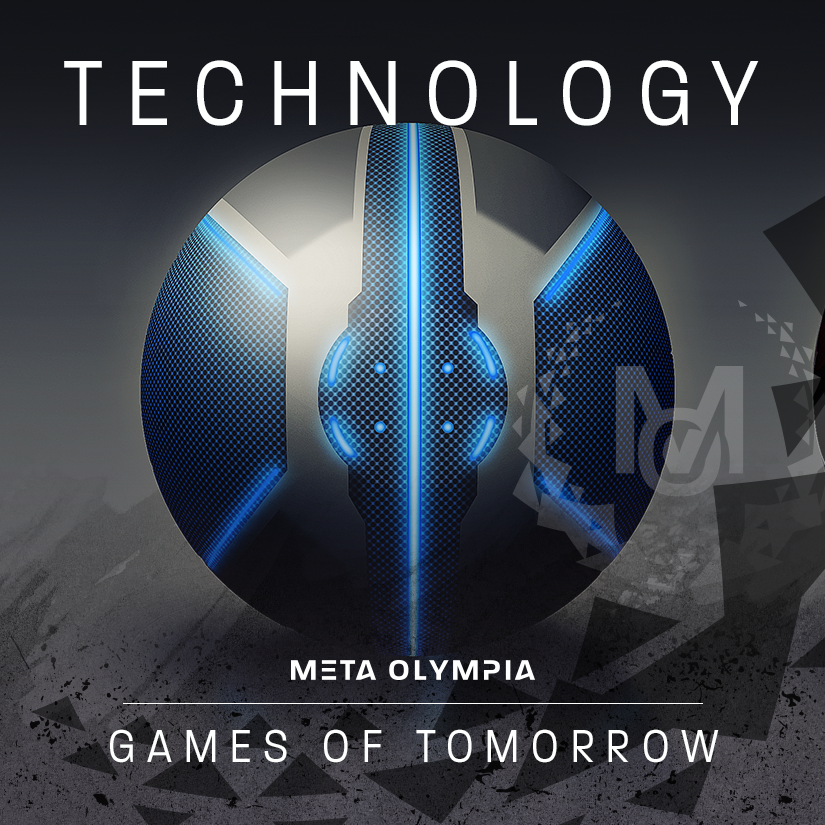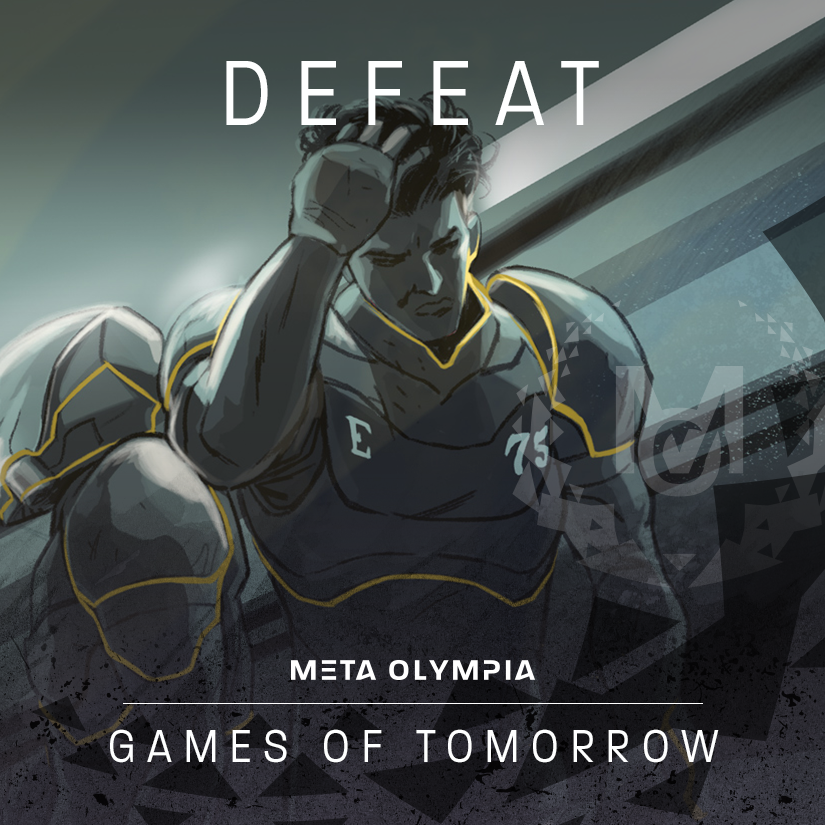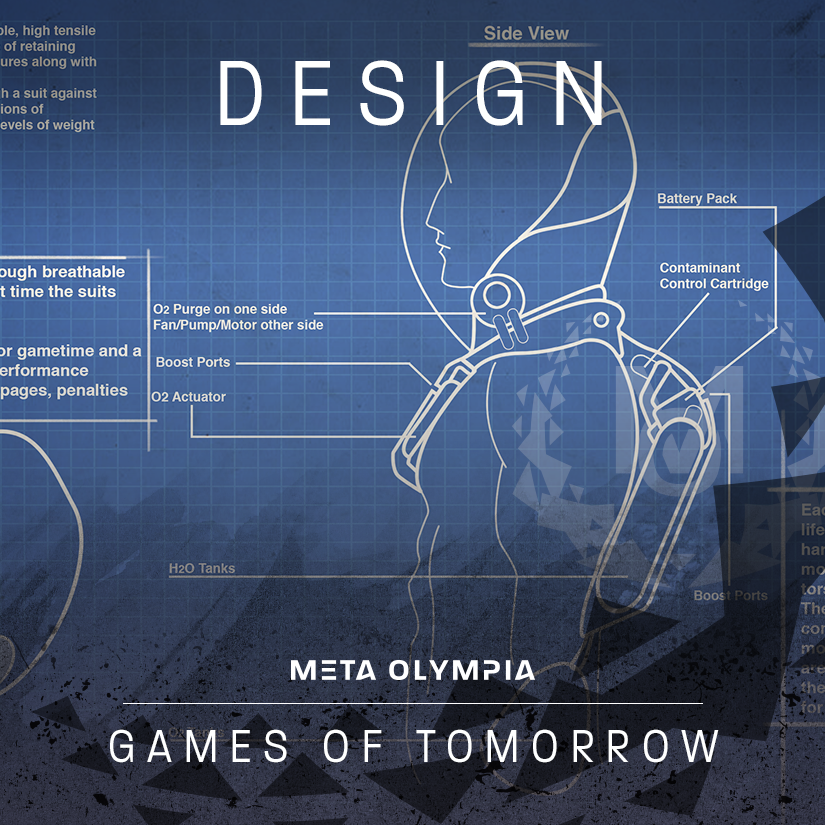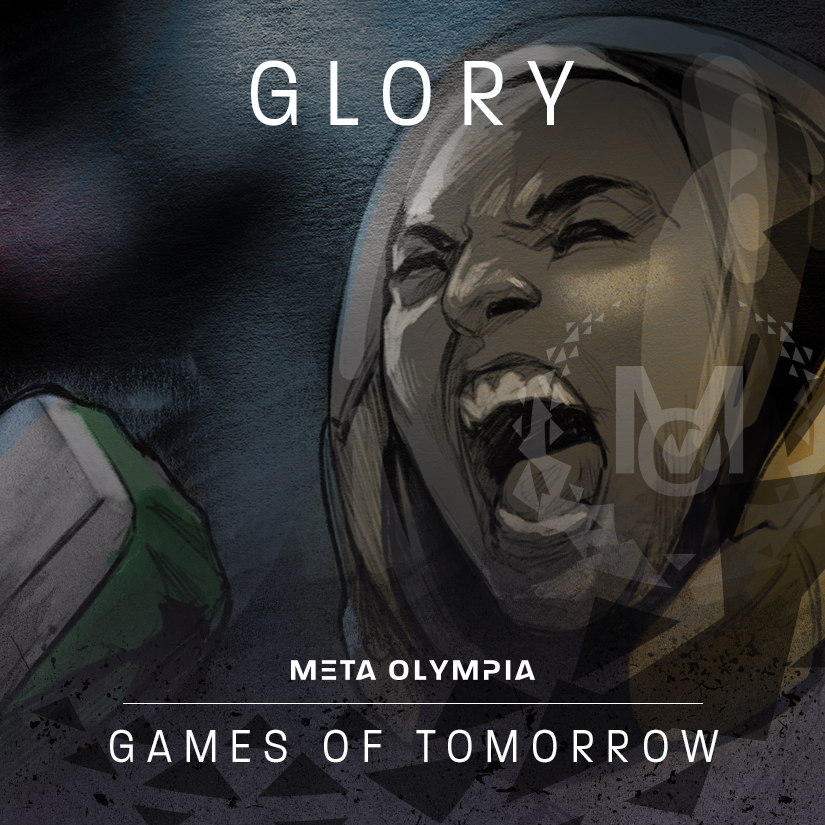Wizards on Ice
/Pisces 28, 2078, m249
Thanks to MAFL, many people are familiar with Amanda Jacobsen. Not for her engineering achievements in San Olympus or the program she runs at the University's engineering faculty, but for her contributions to Martian Aero Football League. Indeed, her popularity has been the result of designing the actual ball.
With anticipation for ISMO's upcoming hockey exhibition, we've found 3 behind-the-scenes heroes that are solving problems to make ice sports possible. If Martian hockey takes off, it will be off the backs of innovators like these.
From left to right: Dr. Elisna Katrine, Byrono Mon-Omar and Lancer Quan.
The Game Designer
Lancer Quan has been on Mars for 5 years, originally contracted for a class 1 technical position with MIIRA Undertech in 2072. His programming skills were essential for updating many of the old AI systems responsible for keeping colony infrastructure at Marineris running.
After finishing his 2 year contract, Quan didn't return to Earth.
"There was just too much work to do," he said in a virtual interview, "There are a lot of old robots and many facilities up here still build new robots on old specs, so Mars is unique in how autonomous units need to be refurbished."
It was after a chance meeting with Fredrick Seulovik, now founder of Ice Sports Mars Org (ISMO), that Quan became involved in the ice hockey project.
"I needed a way to design the sport, to simulate different variations to make it our own," recalled Seulovik, "We couldn't do it in real life, so naturally, we expected to experiment virtually. The problem was finding resources to do this kind of work because everyone on Mars tends to be locked into exclusive contracts. Not only did Lancer have the technical skills, but he actual knew hockey!"
It was the kind project Quan never knew he was after.
"Yes, I played hockey back home," Quan said, "It's was an amazing opportunity to be part of a sport I love, but used to suck at."
In a matter of weeks, his programs were generating and simulating millions of rink variations, rules, team combinations and emulating player skill levels. Seulovik found the funding he needed to form ISMO, all based off of Quan's work.
"I really wish I could take credit for the halfpipe-style rink design," Quan says, "But reality is, it was all the machine."
The Protector
Byrono Mon-Omar is an engineer in the Exo-Equipment division at Chariton Labs. Many of his components are used in industrial EV suits as well as MAFL equipment.
"When I was asked to design sporting equipment for ice hockey," he explained, "I didn't think it would work the way they thought. It wasn't until after a visit to Korolev and actually skating, I became excited about what we could do with a game on Mars."
Mon-Omar was tasked with solving two problems: 1) making streamlined protective equipment with inexpensive locally available materials and 2) reducing risks of blade injury from skates.
Early Prototype equipment based on Mon-Omar's design templates.
"I came up with a set of templates so that when gear is manufactured from different machines and different producers, it meets the specified tolerances for performance and safety."
If you ever find yourself in the unfortunate scenario of getting a skate in the face, Mon-Omar is the person you will thank for the smart-blade that automatically encases itself in milli-seconds upon imminent collisions.
Mon-Omar's contribution goes beyond safety too. When you get a load of the retractable shielding and auto-inflatable padding, even if you've never heard of the sport, you'll have the sudden urge to become a goaltender.
The Dream Maker
Training someone to be an elite athletic performer doesn't happen overnight... or does it?
Traditionally, athlete's train from childhood to specialized in a single sport. They invest tens of thousands of hours to become proficient (not necessarily even competitive). Though every Martians tends to be fit because it is an ingrained necessity and part of our way of life, fitness does not equate to excelling at any particular sport. And even for those that grew up playing Hoopz, Jamtrunkle, or Dodgebat at school, a new sports that involves skating on ice and propelling yourself into the air demands a lot master.
"No one wants to wait a generation for pro sports to happen," Evgeni Stolbova, VP of Skill Development at ISMO, explains, "So we are trying to do both things in parallel - fast track players to competency and teach the youth to play our sport."
Dr. Elisna Katrine might very well be ISMO's secret weapon. Katrine is an expert at dream induction. The technique is a proven and well documented process that has been used for treatment for decades, however it is controversial because it only works for roughly 25% of the population. For this reason, it has never been widely adopted.
The good news for Stolbova? He only needs a a small number of players capable of performing on ice. So the chance at accelerating 25% of his talent pool is a whole lot better than nothing.
"It isn't very much like dreaming at all," said Anna Fedin, one of the candidate pilot players on team Cosmonaut, "Your body shakes as it responds to the stimulus. It was quite an unsettling experience at first, but I can actually sleep through the sessions now."
The process cannot make someone exceed their natural ability, nor does it replace the need for actual physical conditioning. It simply accelerates development of motor skills. According to Dr. Katrine, however, there are drawbacks. The process can result in conflict with real-world training and experiences, so determining when to ramp down treatment is critical.
In the case of ISMO, the hope is this will bring the pilot players to an adequate level where the gameplay is entertaining to watch. With exhibition games slated to begin next month by mid-Mina, the pressure is on.
Dream induction is prohibited in the MAFL. The organization prides itself as fostering 'natural' abilities.
To that, Stolbova responds, "That's fine, but not everyone is born with EV suites and boost thrusters."




